Many people want to lose weight and be fit. They wonder if walking on a treadmill can help them lose weight. This is a very important question. In this guide, we explore the science, strategies, and secrets of losing weight on a treadmill by walking.
Learn how adding treadmill walking to your daily routine can greatly improve your health and fitness. Discover the amazing effects of this easy and convenient workout, and see how it can help you lose weight effectively.
Benefits of Walking on a Treadmill
In the quest for better health and fitness, the advantages of walking on a treadmill are not to be underestimated. Using a treadmill has important advantages. Walking for fitness on this machine is a great option for people of all fitness levels.
- Convenience and Accessibility:
Treadmills offer the convenience of indoor workouts, eliminating weather-related obstacles and enabling you to exercise at any time, day or night.
- Customization:
Treadmills allow you to tailor your workout to your specific needs. You can adjust speed, incline, and workout duration, providing a personalized fitness experience.
- Effective Calorie Burning:
Treadmill walking is a fantastic way to burn calories, aiding in weight management and creating a calorie deficit essential for weight loss.
- Cardiovascular Health:
Regular treadmill walking is an excellent cardiovascular exercise that can help improve heart health, reduce the risk of heart disease, and enhance overall endurance.
- Joint-Friendly:
Unlike high-impact activities, walking on a treadmill is gentle on the joints, making it suitable for individuals with joint issues or those in post-rehabilitation.
- Muscle Engagement:
Treadmill walking engages multiple muscle groups, strengthening your legs, core, and even upper body if you incorporate arm movements.
- Progress Tracking:
Many modern treadmills come equipped with features like heart rate monitoring and distance tracking, allowing you to monitor and optimize your workouts.
- Beginner-Friendly:
Walking on a treadmill is an ideal starting point for fitness novices, providing a low-intensity introduction to exercise.
- Weight Loss Support:
Regular treadmill use, coupled with a balanced diet, can be a key component of an effective weight loss strategy.
- Reduced Stress:
Exercise, including treadmill walking, releases endorphins, reducing stress and promoting a sense of well-being.
By understanding and leveraging these "treadmill benefits," you can harness the power of "walking for fitness" to advance your wellness goals. Whether you're aiming to shed extra pounds, improve your cardiovascular health, or simply lead a more active lifestyle, a treadmill can be your dependable ally in your fitness journey.

How Walking on a Treadmill Affects Weight Loss?
In this section, we'll unravel the fascinating science that underpins the relationship between "treadmill weight loss mechanism" and "walking metabolism." Learn how walking on a treadmill can help you lose weight and scientifically improve your fitness.
Treadmill Weight Loss Mechanism:
The mechanism behind treadmill walking and weight loss is rooted in fundamental principles of energy expenditure and calorie balance. When you walk on a treadmill, your body engages in a dynamic interplay of physical processes that promote weight loss:
- Calorie Burn:
Treadmill walking expends energy, which is measured in calories. The faster and more intensely you walk, the more calories you burn. This calorie expenditure creates a calorie deficit, essential for weight loss.
- Metabolic Rate:
Walking, even at a moderate pace, elevates your metabolic rate. Your body keeps burning calories after exercising on a treadmill due to increased metabolism, known as the "afterburn effect" or EPOC.
- Fat Utilization:
Treadmill walking primarily taps into fat stores for energy, especially during longer, low-intensity sessions. This is favorable for weight loss, as it promotes fat utilization and reduction in body fat percentage.
- Muscle Engagement:
Walking on a treadmill engages various muscle groups, strengthening them over time. Muscle tissue burns more calories at rest than fat tissue, contributing to a higher basal metabolic rate and further calorie burning.
- Appetite Regulation:
Exercise, including treadmill walking, can help regulate appetite hormones, reducing cravings and helping you maintain a healthier diet.
Walking Metabolism:
"Walking metabolism" refers to the body's metabolic response during walking. It involves several key factors:
- Aerobic Metabolism:
Walking is primarily an aerobic exercise, meaning it relies on oxygen to produce energy. This aerobic metabolism enhances cardiovascular fitness and increases the efficiency of calorie utilization.
- Steady-State State:
Maintaining a steady pace on the treadmill ensures that you are in the fat-burning zone, as your body utilizes oxygen and stored fat for energy.
- Heart Rate:
Walking at a pace that elevates your heart rate within your target heart rate zone optimizes the balance between calorie burning and aerobic conditioning.
Knowing how walking on a treadmill aids in weight loss can provide valuable information on maintaining a healthy weight. This knowledge can help you achieve and sustain a healthy weight. The synergy between energy expenditure, metabolic rate, and muscle engagement makes walking on a treadmill an effective and sustainable approach for those on a weight loss journey.

Factors Affecting Treadmill Walking for Weight Loss
In your pursuit of effective treadmill walking for weight loss, it's essential to consider several key factors that can significantly influence the outcomes of your efforts. Understanding the role of "treadmill speed," "treadmill incline," and "duration of treadmill walking" is paramount in maximizing your results.
Treadmill Speed:
The speed at which you walk on a treadmill plays a crucial role in your weight loss journey. Here's how it affects your results:
- Caloric Expenditure:
Walking at a faster pace burns more calories per minute, increasing your overall energy expenditure. Higher treadmill speeds can create a more substantial calorie deficit, which is essential for weight loss.
- Intensity:
Faster speeds elevate your heart rate, enhancing the cardiovascular benefits of your workout. This can lead to improved endurance and a more efficient metabolism.
- Muscle Engagement:
Walking at higher speeds engages more muscle groups, promoting better overall muscle tone and strength.
Treadmill Incline:
The incline or gradient of your treadmill can have a significant impact on the effectiveness of your weight loss efforts:
- Calorie Burn:
Walking uphill, or at an incline, intensifies the workout and increases calorie expenditure. It engages more leg muscles and burns additional calories compared to walking on a flat surface.
- Muscle Engagement:
Walking at an incline works the muscles in your legs, especially the glutes and calves, enhancing lower body strength and toning.
- Variety:
Incorporating incline intervals in your treadmill workout can add variety, preventing workout monotony and stimulating more significant weight loss.
Duration of Treadmill Walking:
The duration of your treadmill walking sessions is another critical factor in achieving weight loss:
- Caloric Accumulation:
Longer workouts accumulate more calorie burn over time, which can contribute to weight loss. Extended sessions help create a more substantial calorie deficit.
- Endurance and Fitness:
Longer duration treadmill walking can improve your cardiovascular endurance, allowing you to engage in more extended and more intense workouts over time.
- Consistency:
Establishing a consistent and manageable duration for your treadmill walking routine is key to maintaining a sustainable exercise habit.
Balancing these factors—treadmill speed, incline, and duration—is essential. The ideal combination depends on your fitness level and goals. It's advisable to start with a comfortable pace and gradually increase speed, incline, or duration as your fitness improves. By adjusting these variables and monitoring your progress, you can optimize your treadmill walking for effective weight loss.
Combining Treadmill Walking with a Balanced Diet
To reach your weight loss and fitness goals, remember that exercise and diet are equally important. This part emphasizes how important it is to walk on a treadmill and eat a healthy diet. It also explains how nutrition can help with losing weight when combined with treadmill exercises.
Treadmill Walking and Diet Synergy:
- Calorie Balance:
Weight loss fundamentally depends on creating a calorie deficit, which means burning more calories than you consume. Treadmill walking aids in calorie expenditure, while a balanced diet helps control calorie intake. The combination of both is a powerful strategy for weight loss.
- Nutrient Quality:
Exercise places demands on your body, and proper nutrition ensures you have the necessary nutrients for energy, muscle recovery, and overall well-being. A balanced diet provides these essential nutrients, improving the effectiveness of your treadmill workouts.
- Appetite Control:
Regular physical activity, such as treadmill walking, can help regulate appetite hormones. By coupling this with a balanced diet, you can better manage food cravings and make healthier food choices.
Nutrition for Weight Loss:
- Portion Control:
Be mindful of portion sizes. Consuming smaller, well-portioned meals can prevent overeating and support your weight loss efforts.
- Balanced Macros:
A well-rounded diet should include a balance of carbohydrates, proteins, and healthy fats. Carbohydrates provide energy for your workouts, protein aids in muscle recovery, and healthy fats support overall health.
- Hydration:
Staying adequately hydrated is crucial. Water is essential for digestion, metabolism, and overall health. It also aids in curbing appetite.
- Whole Foods:
Focus on whole, unprocessed foods rich in vitamins, minerals, and fiber. These foods are more filling and can help prevent overconsumption of empty calories.
- Mindful Eating:
Pay attention to what and when you eat. Mindful eating can help you make healthier choices, enjoy your food more, and recognize when you're full.
- Regular Meals:
Aim for consistent meal timing to maintain steady energy levels and prevent excessive snacking or binge eating.
In conclusion, "treadmill walking and diet" are integral parts of a holistic approach to weight loss and overall health. Using a treadmill and eating a healthy diet together helps you make faster progress and achieve long-lasting results. To lose weight on a treadmill, eat nutritious meals that support your fitness goals and overall health. Make sure these meals are balanced and aligned with your well-being.
Conclusion
In conclusion, walking on a treadmill is a valuable component of your weight loss and fitness journey. It provides accessibility, adaptability, and a path to a healthier lifestyle. Remember, there is no one-size-fits-all approach, and the effectiveness of treadmill walking for weight loss may vary from person to person. The key is to stay committed, maintain a balanced approach, and adjust your routine as you progress.








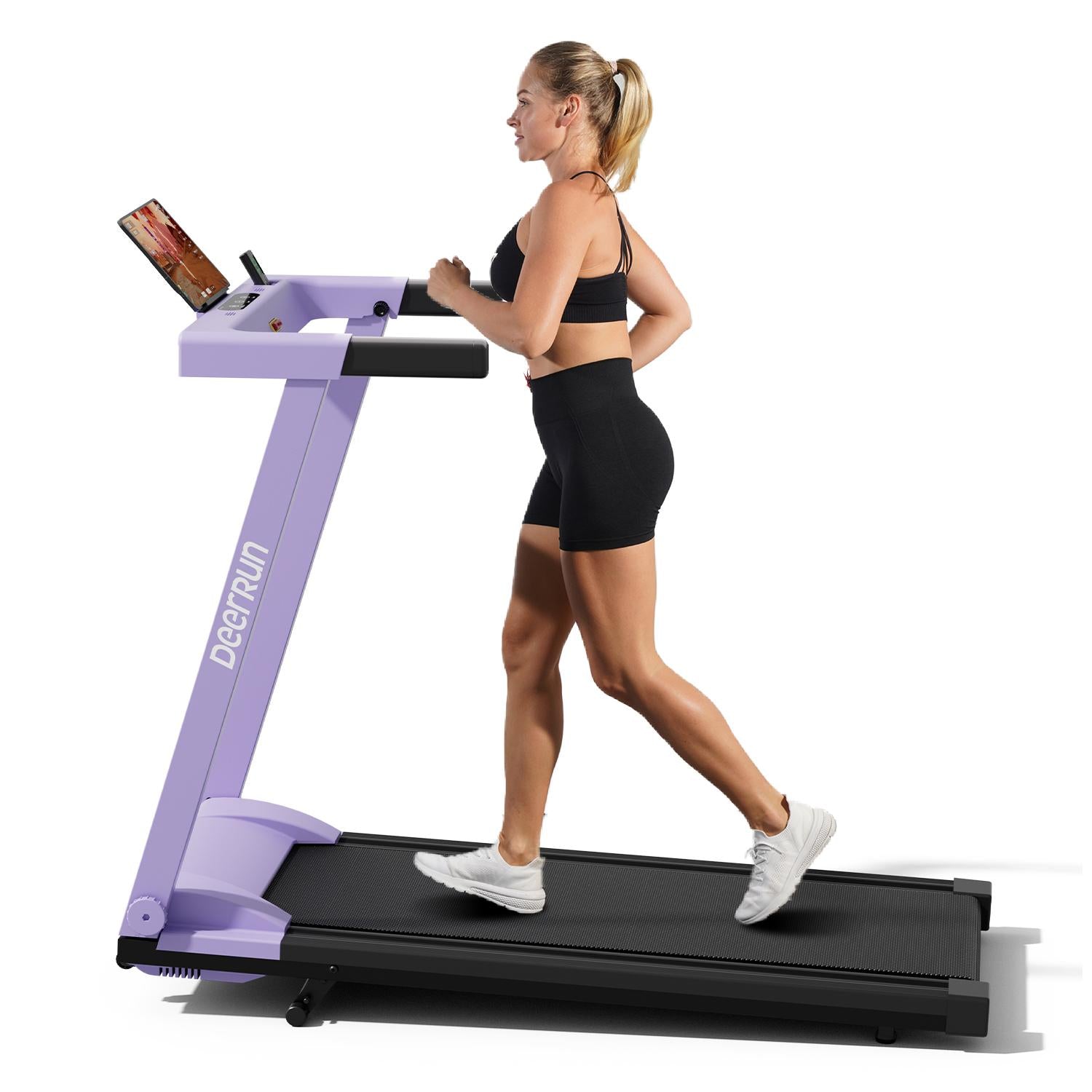
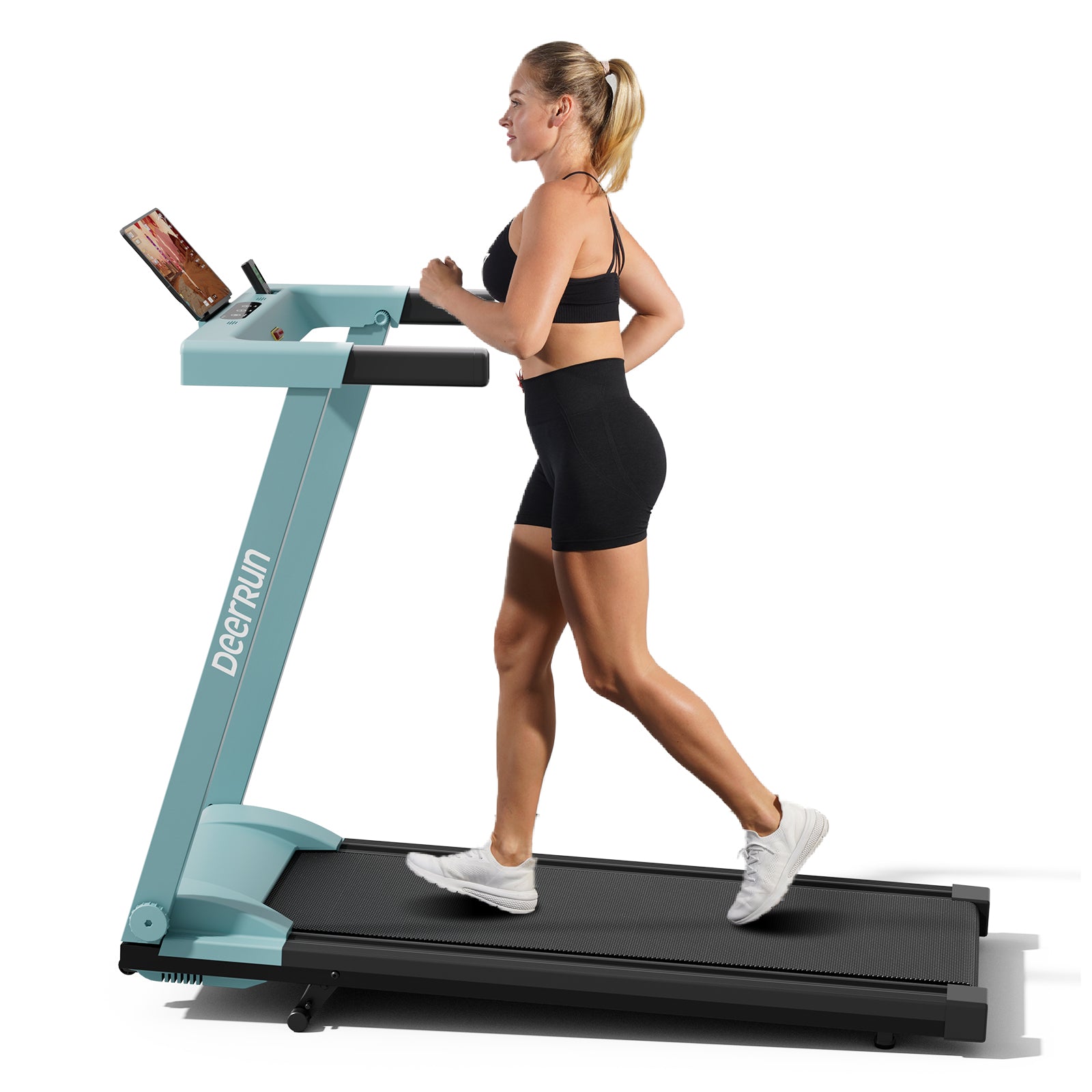





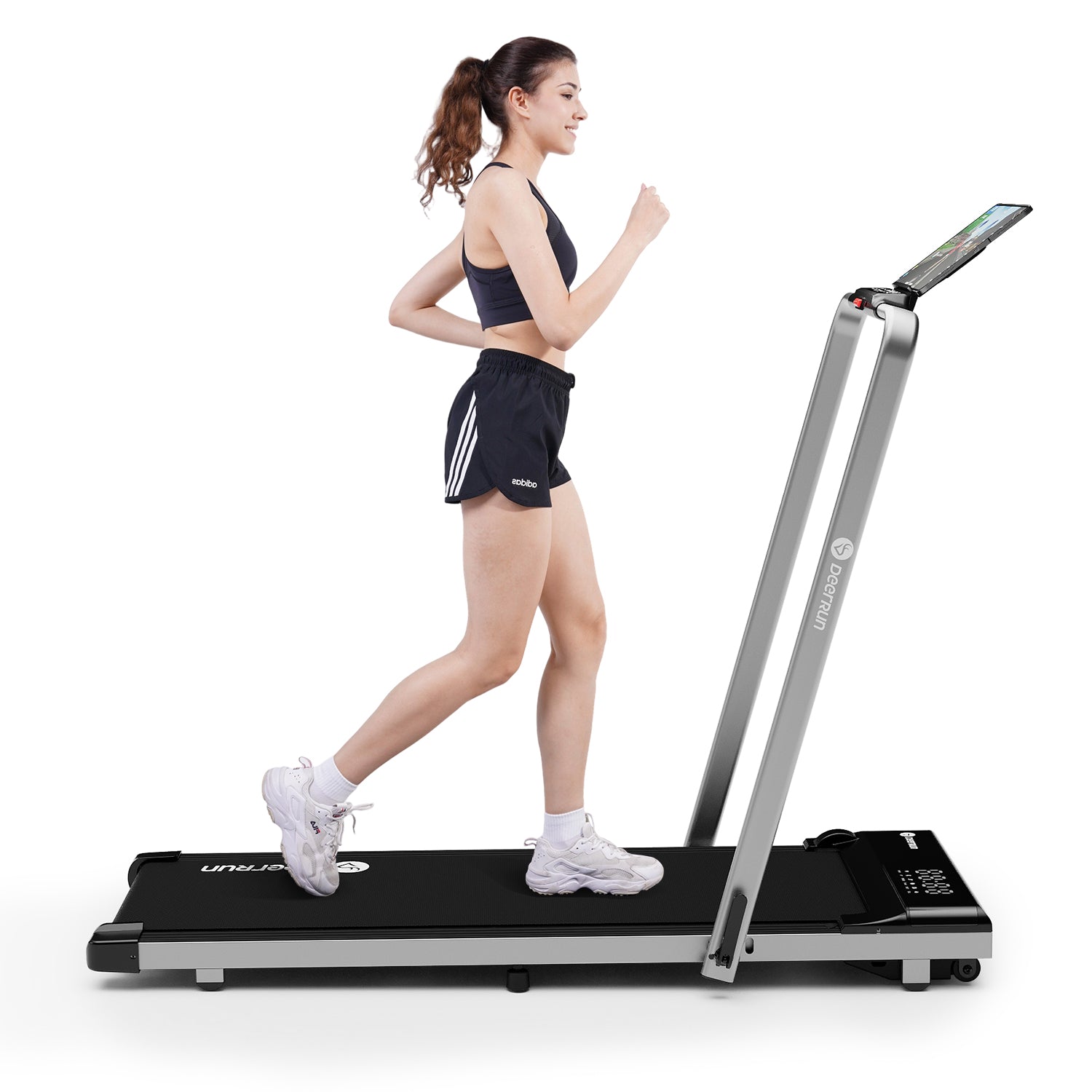

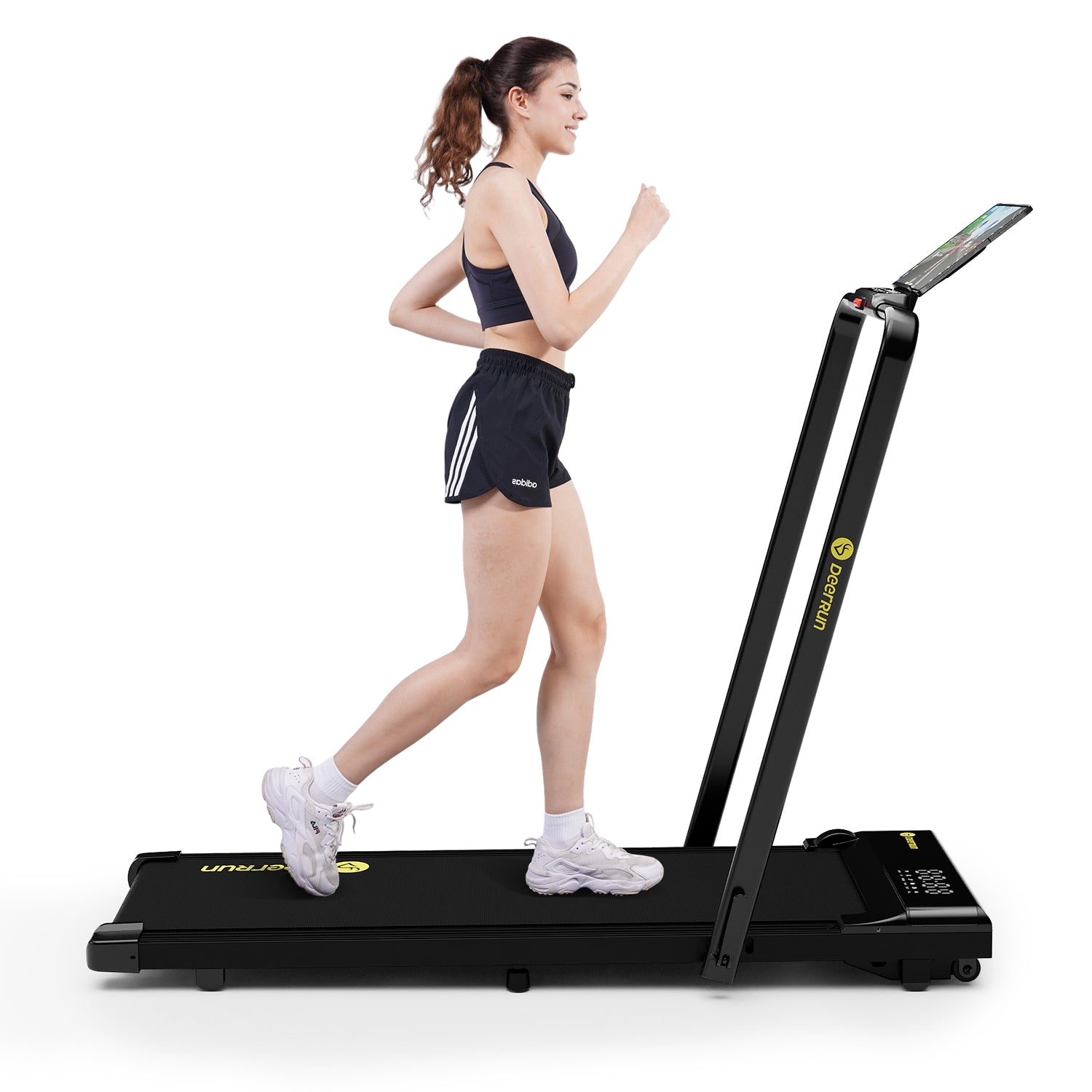







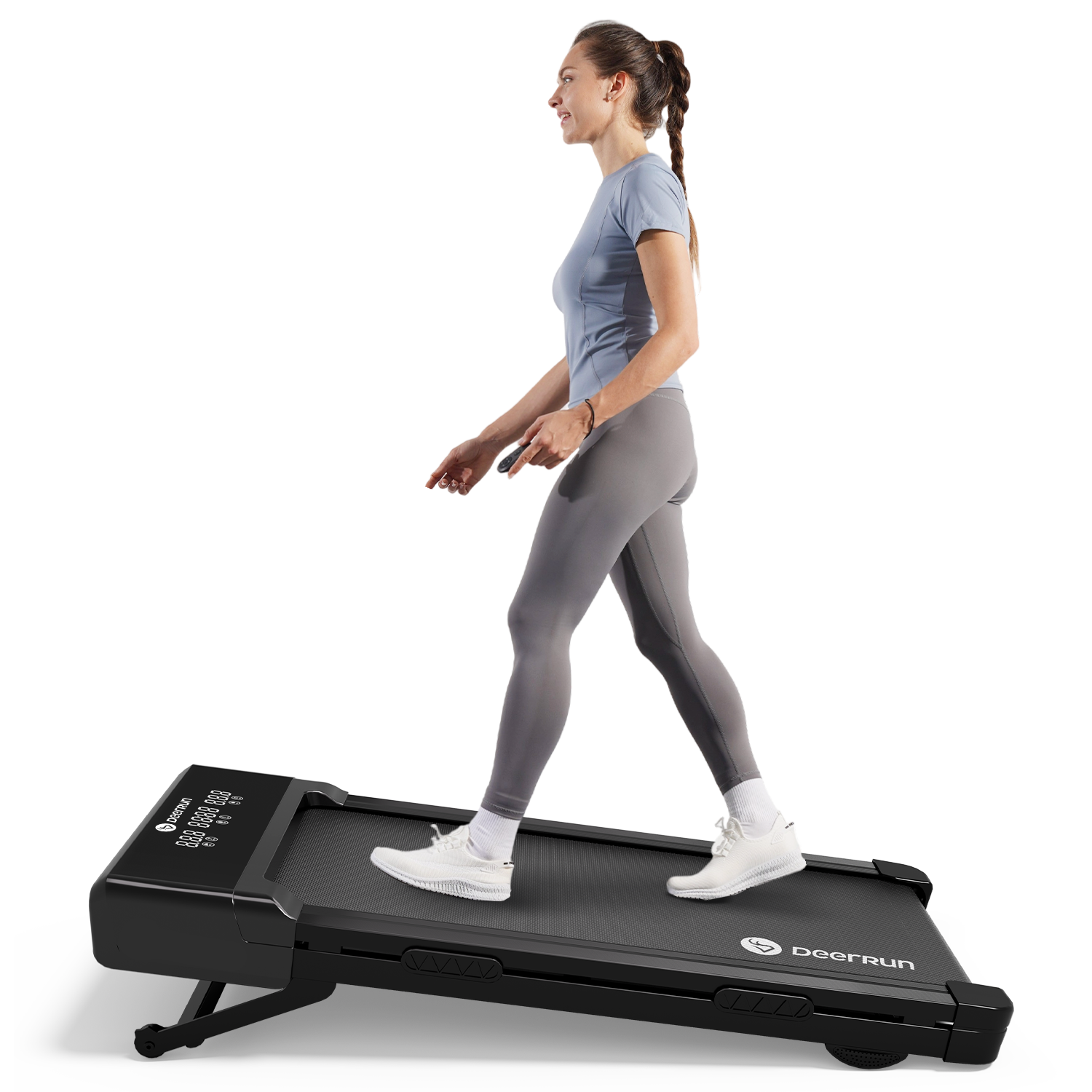
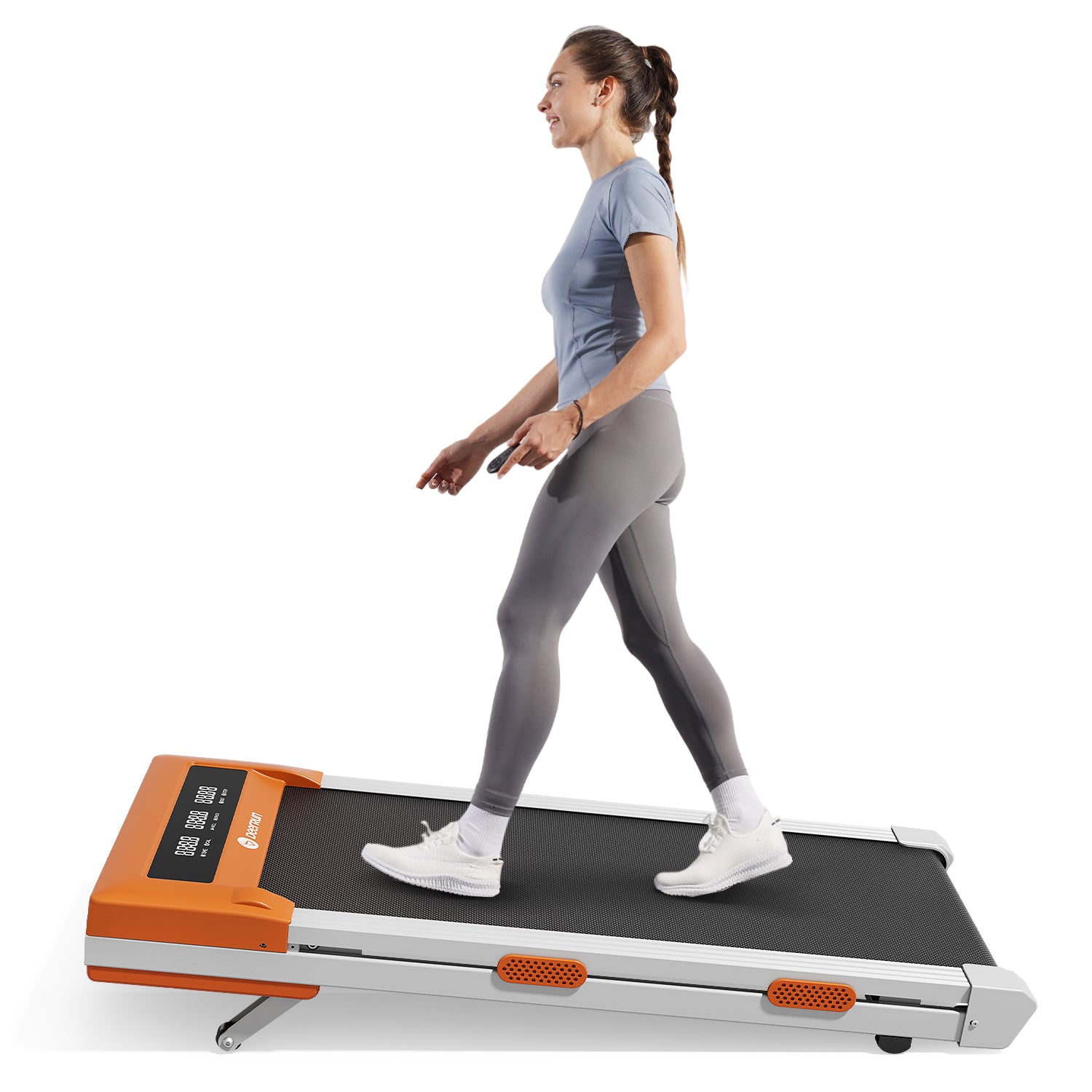

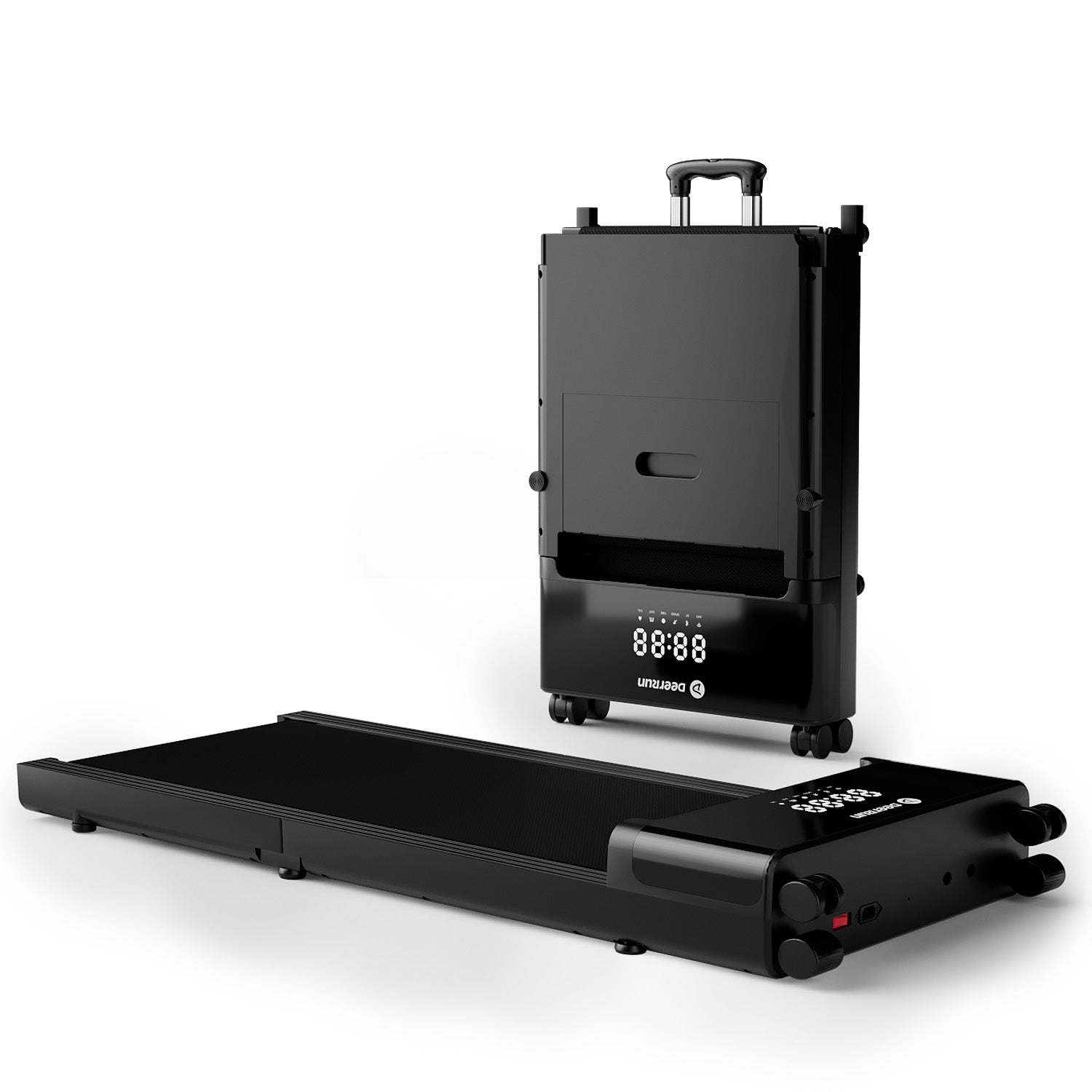

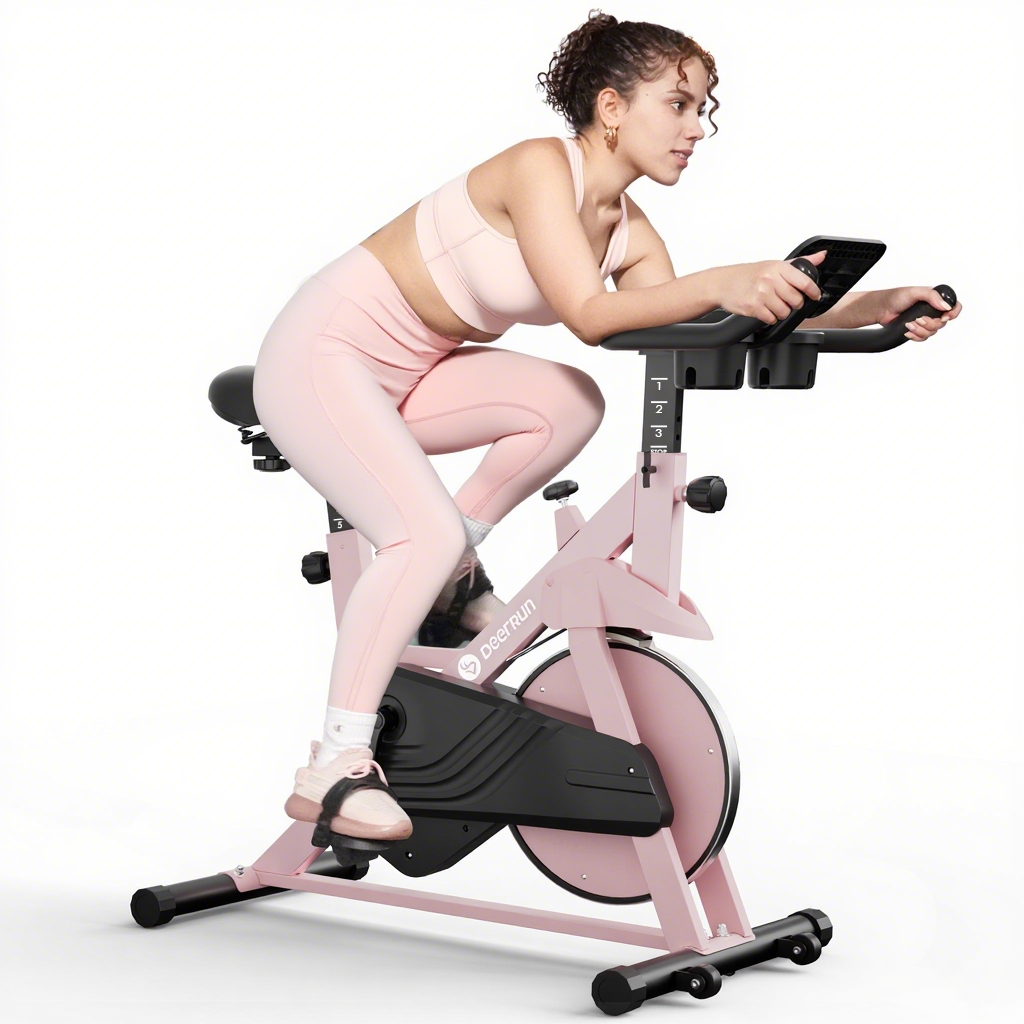
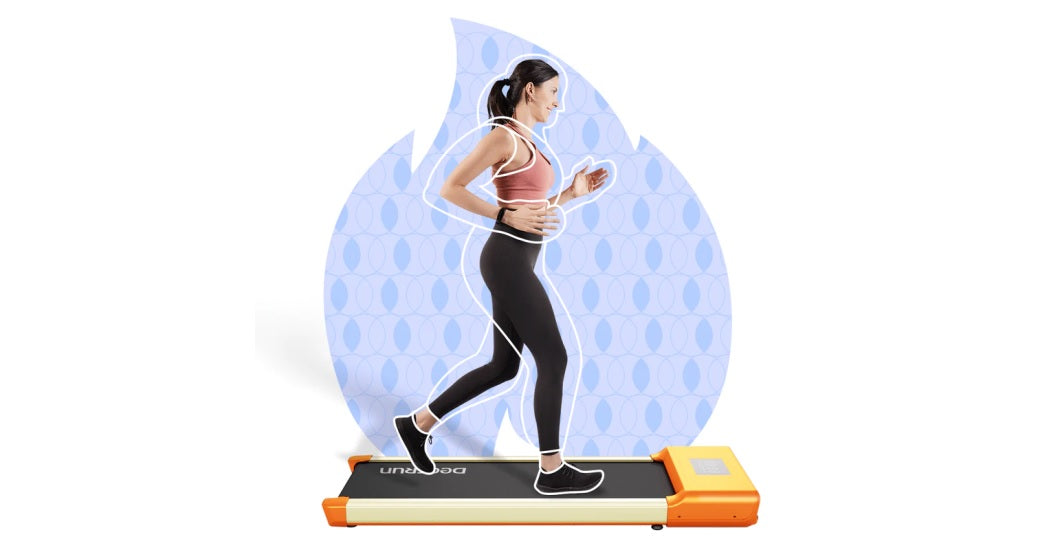



Leave a comment
All comments are moderated before being published.
This site is protected by hCaptcha and the hCaptcha Privacy Policy and Terms of Service apply.